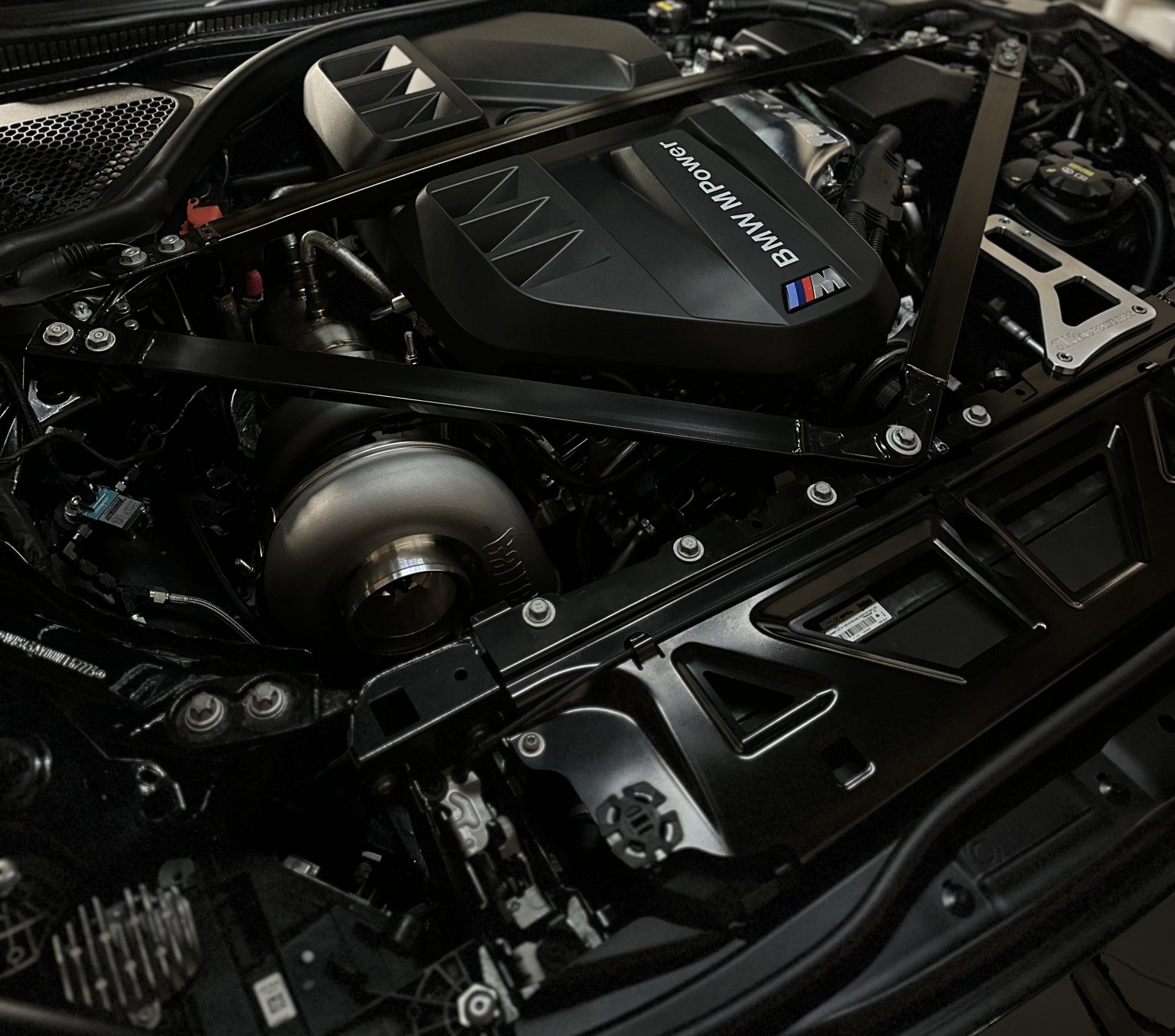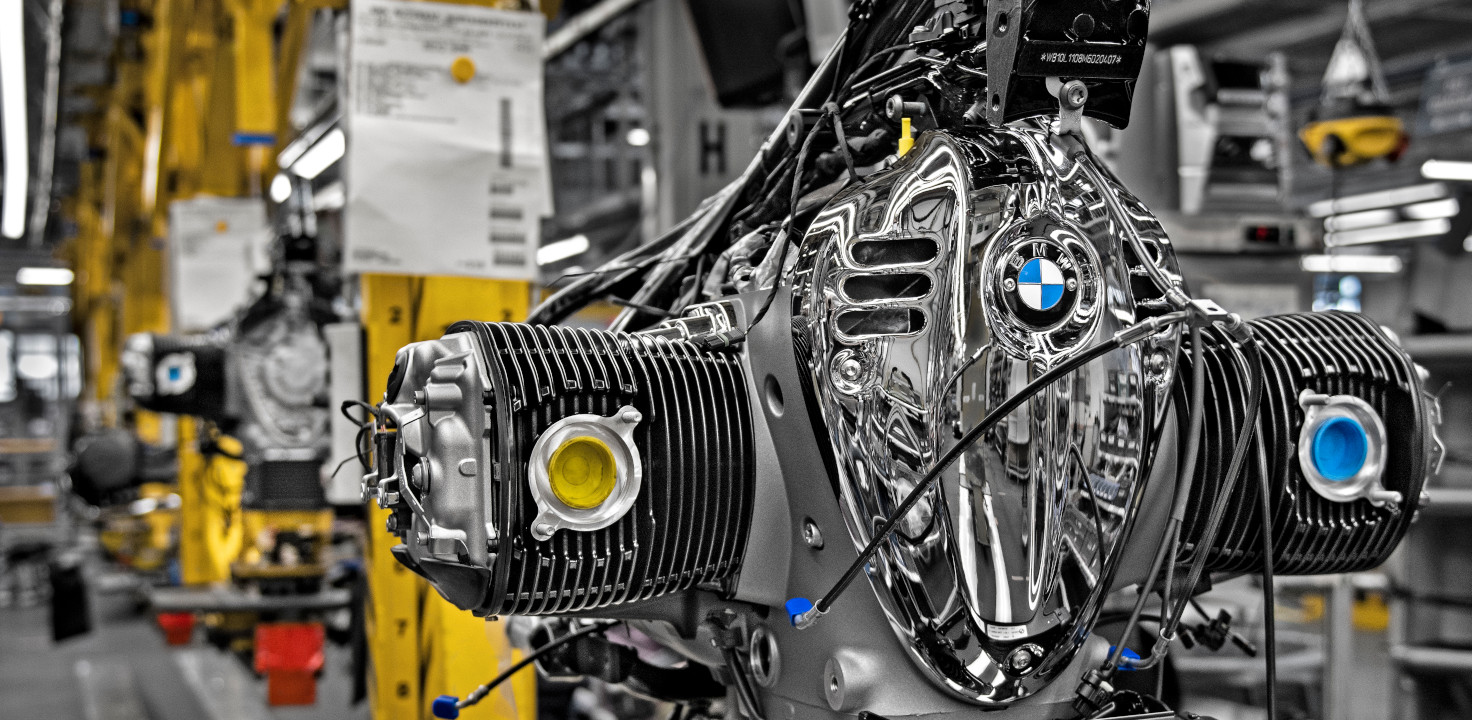Usual Issues Dealt With by BMW Engine Owners and Just How to Resolve Them
Usual Issues Dealt With by BMW Engine Owners and Just How to Resolve Them
Blog Article
Checking Out the Evolution of Burning Engines in Modern Transport Systems
As we browse the landscape of modern-day transport, the evolution of combustion engines stands as a testament to human resourcefulness and design expertise. From their modest starts to the innovative powerhouses thrusting lorries today, burning engines have gone through an impressive journey of development and adaptation. Comprehending the ins and outs of this advancement not just clarifies the past but additionally leads the way for imagining what lies in advance in the world of transportation technology. The interplay of background, modern technology, and ecological issues in forming the trajectory of combustion engines develops a story that is both engaging and insightful.
Very Early Beginnings of Combustion Engines
How did the idea of combustion engines very first arise in the early stages of transport advancement? The origins of combustion engines can be traced back to the 17th century when the principles of interior combustion were very first explored. In 1673, Christian Huygens conceived a basic internal combustion engine that used gunpowder to generate power. It had not been until the late 19th century that practical applications of burning engines in transportation began to emerge.
The advancement minute featured the innovation of the very first effective gasoline-powered engine by Karl Benz in 1885 - bmw engine. This engine led the way for the growth of the modern-day automobile, changing transportation systems worldwide. Succeeding developments by Nikolaus Otto and Gottlieb Daimler additionally fine-tuned combustion engine technology, bring about the automation of cars and the rapid growth of the transportation industry
These early burning engines were characterized by their simpleness and effectiveness, laying the structure for the complex and effective engines made use of in contemporary transport systems. The evolution of burning engines has been important in forming the method we take a trip and carry items, noting a significant milestone in the background of transportation development.
Transition to Internal Burning Technology
The change to internal burning technology noted a critical shift in the development of transportation systems. This shift began in the late 19th century, with developers like Nikolaus Otto and Gottlieb Daimler creating the first effective interior burning engines. These engines changed transportation by offering a more effective and powerful alternative to heavy steam engines and electric motors.
One of the vital advantages of internal burning engines was their capability to be scaled down to fit right into automobiles, causing the advancement of autos and motorcycles. This change from cumbersome, fixed engines to small, mobile ones led the way for the modern-day transport systems we see today.
The change to interior combustion modern technology also stimulated developments in fuel modern technology, leading to the development of gasoline and diesel as key fuel resources for cars. This change not just made transport extra easily accessible to the masses however additionally laid the foundation for the oil and gas sector to become integral to global economies.
Influence of Combustion Engines on Transportation
The adoption of burning engines in transport systems militarized a profound change in the performance and rate of worldwide mobility. Burning engines changed transport by supplying a versatile and reliable source of power for different cars, including automobiles, vehicles, airplanes, and ships. This innovation considerably improved the ability for products and individuals to relocate over great site cross countries in shorter time structures, causing enhanced connection between areas and countries.
Moreover, the widespread use combustion engines has had a significant effect on financial development. The ability to transport goods successfully has actually stimulated profession and business, enabling services to increase their markets and get to customers worldwide. This has facilitated financial growth and globalization, as products can now be moved quicker and in larger quantities than in the past.
Nonetheless, the ecological influence of combustion engines can not be ignored. The combustion of fossil gas best site has actually caused air contamination and greenhouse gas discharges, adding to environment adjustment and positioning health and wellness dangers to populations. bmw engine. As a result, there is a growing emphasis on establishing alternative propulsion technologies to reduce these unfavorable effects and produce a more sustainable future for transportation
Innovations in Combustion Engine Layout
One noteworthy innovation is the growth of turbocharged engines, which use exhaust gases to drive a wind turbine that compresses incoming air, allowing for even more gas to be charred, resulting in increased power result without a substantial rise in engine dimension. Variable valve timing systems have actually also revolutionized engine layout by enhancing airflow at different engine speeds, boosting both power and performance. These advancements collectively contribute to the constant renovation of combustion engines in contemporary transportation systems.
Future Fads in Burning Engine Advancement
With modern technology advancements driving continuous technology, the future of burning engine advancement is poised to revolutionize transportation systems globally. One of the essential trends in combustion engine development is the press towards greater effectiveness and reduced exhausts. Suppliers are investing greatly in research and development to improve engine performance while satisfying strict ecological regulations. This consists of the integration of sophisticated fuel injection systems, boosted turbocharging techniques, and using light-weight products to enhance fuel intake and reduce carbon emissions.
An additional popular pattern is the adoption of hybrid modern technologies in combustion engines. Hybrid engines integrate traditional combustion technology with electrical power, providing published here improved fuel efficiency and lower discharges. As the auto market shifts in the direction of electrification, hybrid burning engines are viewed as a transitional option that connects the space in between standard cars and fully electric ones.
Additionally, the combination of clever technologies, such as expert system and information analytics, is anticipated to play a considerable function in the future of burning engine growth. These innovations can optimize engine performance in real-time, causing much more reliable burning procedures and enhanced total automobile efficiency. Welcoming these future trends will certainly not just drive innovation in combustion engine advancement but additionally add to an extra environmentally friendly and lasting transport ecological community.

Verdict
In conclusion, the development of combustion engines in modern transport systems has actually been marked by significant developments in technology and design. From the early beginnings of burning engines to the change to internal burning technology, these engines have actually had a profound impact on transport.
The roots of combustion engines can be traced back to the 17th century when the concepts of interior combustion were first discovered. These engines revolutionized transport by providing an extra effective and powerful alternative to heavy steam engines and electric motors.

Report this page